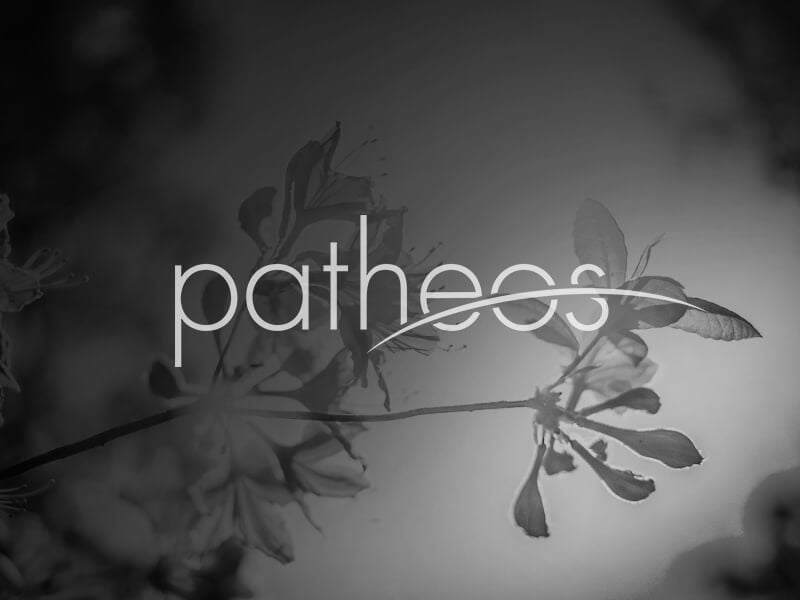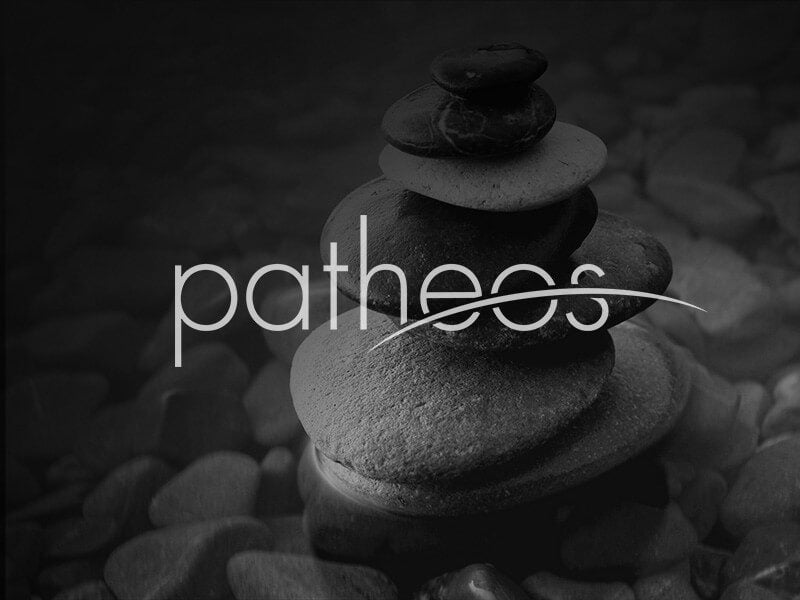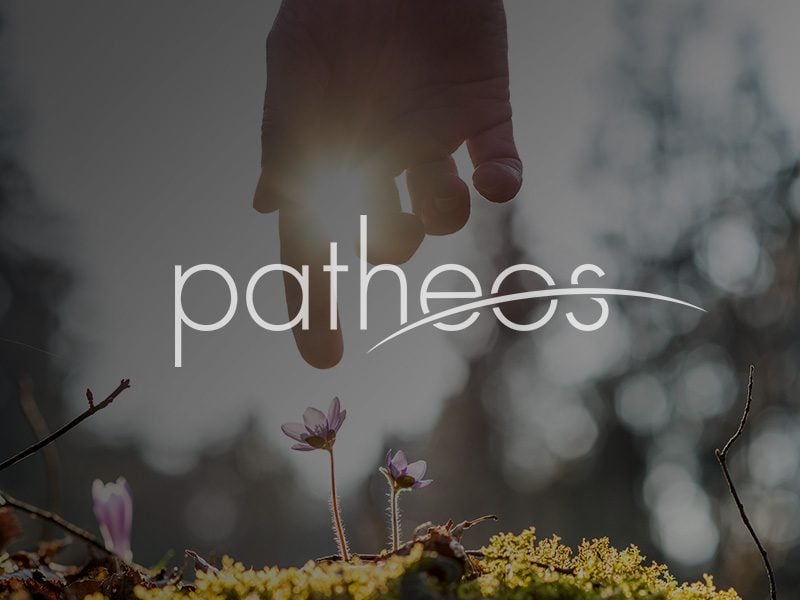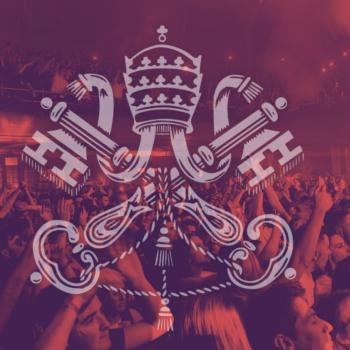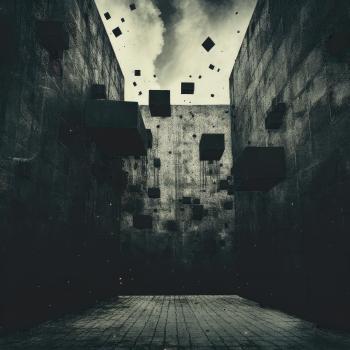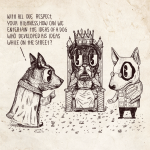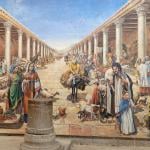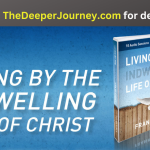Anti-sacramental, anti-ritual evangelicalism emphasizes a personal relationship with God, but tends to encourage what Anthony Giddens calls “pure relationship,” a relationship that is not tacked down with external anchors and supports. A live-in relationship, without benefit of the rites and legalities of marriage, is a pure relationship. Evangelicalism tends to encourage a live-in relationship with Jesus. This is wrong, a departure from Christian tradition, and unbiblical. It also places unbearable burdens on the soul. Tempted by the devil, Luther slapped... Read more



